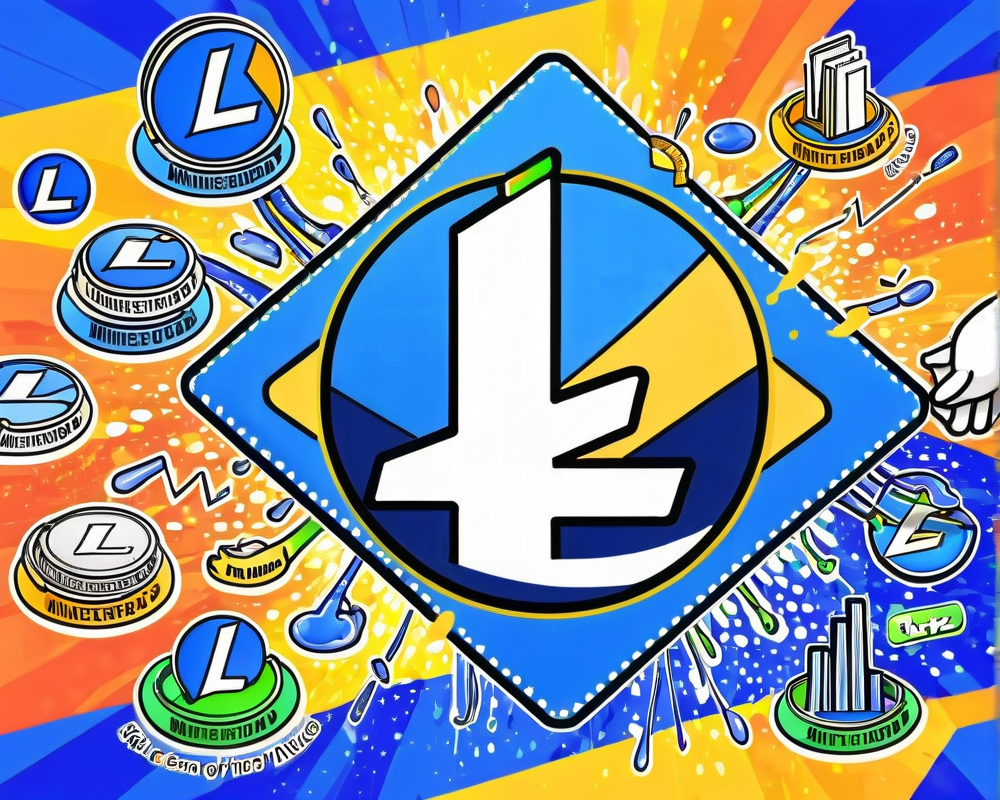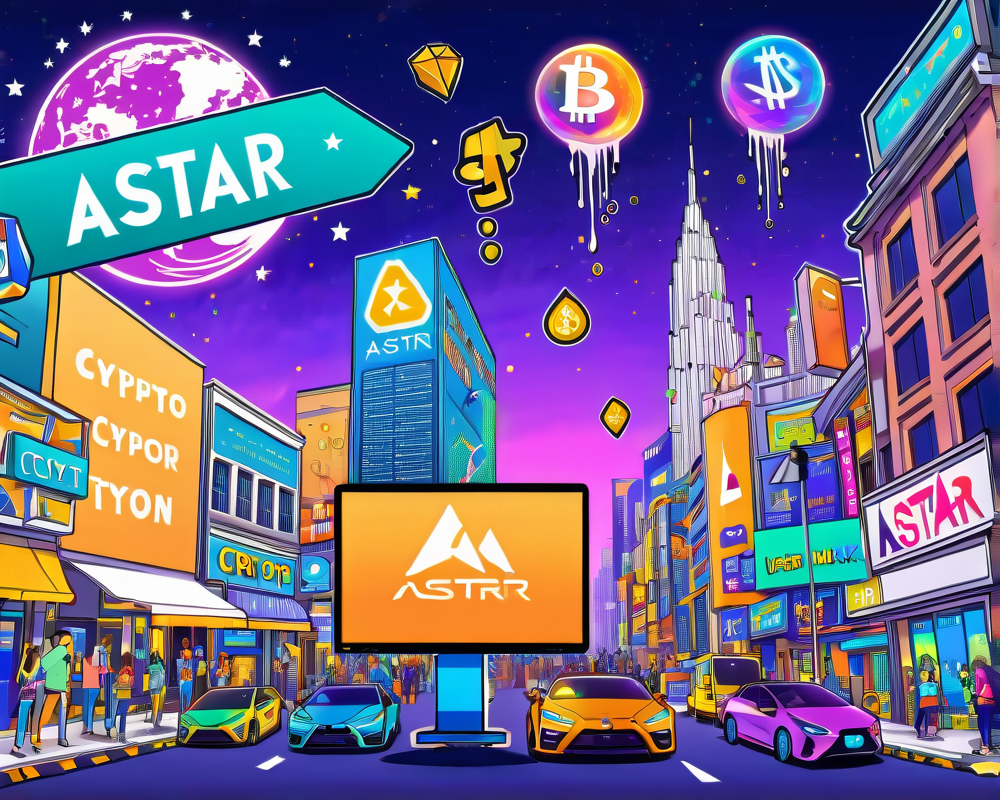Understanding the Terra Ecosystem Crash
The Terra ecosystem’s decline has left quite the wreckage in its wake, taking its algorithmic stablecoin, TerraUSD (UST), down with it. Once soaring high with expectations, UST plunged to a staggering low of $0.30, leaving a trail of skepticism about algorithmic and even traditional stablecoins. How did it all come to this rocky end?
The Mechanism in Action: How UST Was Supposed to Work
UST found its support in the form of LUNA, its twin coin. The grand plan was that if UST dipped below the dollar peg, holders could burn UST for LUNA, thereby decreasing its supply and nudging the price back up. Conversely, if UST soared above a buck, burning LUNA for UST would increase supply and lower the price. This economic see-saw should have kept UST stable, but, let’s be real: what goes up must come down…and often in style.
Failed Interventions and the BTC War Chest
In a bold attempt to rescue the sinking ship, the Luna Foundation Guard (LFG) deployed over $1.3 billion worth of Bitcoin (BTC) to fickle traders, hoping they would swoop in and save UST. LFG’s plan was like lending your buddy $20 to buy ice cream, hoping he’d share. Spoiler alert: he didn’t share, and both UST and LUNA floundered in the end. Instead of stabilizing, the situation spiraled further, leading to a collapse that left investors panicking.
Centralized Stablecoins: Not Immune to Turmoil
The dramatic demise of UST didn’t just affect its own believers; it sent tremors through entire markets, causing even centralized stablecoins like Tether’s USDT to experience a brief identity crisis of their own, sinking to $0.95. With stablecoins accounting for a significant role in decentralized finance, the chaos that erupted from Terra sent ripples of volatility throughout the ecosystem.
Calls for Regulation: From Chaos Comes Clarity
In light of these events, regulators are stepping up to the plate like a kid in a candy store — and they want RULES! Figures like Treasury Secretary Janet Yellen have championed the need for a consistent federal framework regarding stablecoins. The goal? To prevent future mishaps and protect an industry that’s becoming too big to ignore. As some observers speculate, the sentiment among lawmakers may lead to an increase in regulations of not only algorithmic but all types of stablecoins. However, calls for central bank digital currencies (CBDCs) are simultaneously echoing in the chambers of power, turning the regulatory conversation into a soap opera of sorts.
Lessons Learned: Resilience and Responsibility
The Terra fiasco has sparked a larger discussion about market resilience; the crypto ecosystem managed to navigate the storm without a meltdown resembling a financial apocalypse. Yet, the underlying message is clear: there’s a pressing need for transparency and established regulations to protect users. With the right measures in place, we can move towards a future where stablecoins can exist without creating a ruckus at the first sign of trouble.
Final Thoughts
The Terra collapse has turned a spotlight on the fascinating yet treacherous world of stablecoins. As the dust settles, it’s evident that whether they’re algorithmic or collateralized, regulations are on the horizon, just waiting to usher stability into an otherwise wild landscape. Who knows? The next dramatic chapter in the story of crypto may just be about how we find balance in this brave new world of digital currencies.




